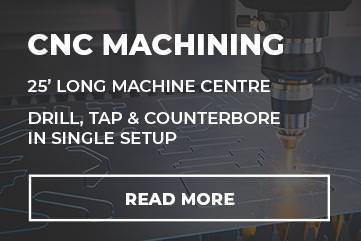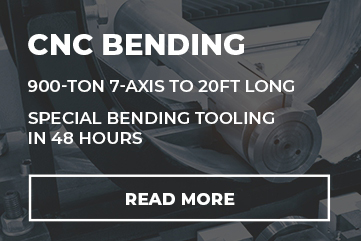News
Plasma Cutting vs Laser Cutting: The Advantages and Limitations of Each Method
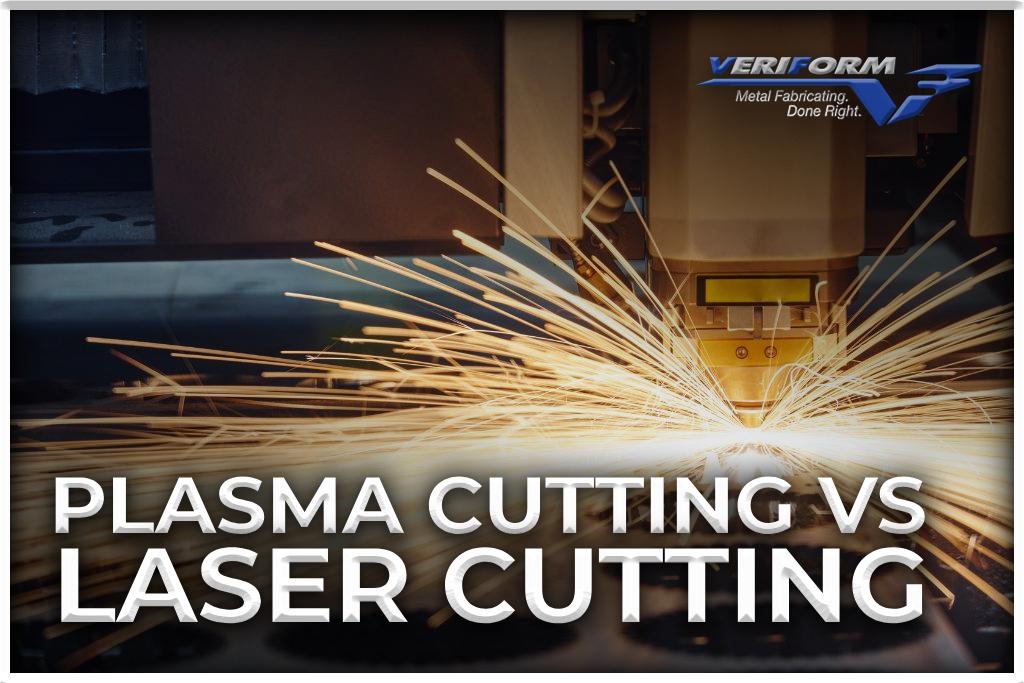
Plasma cutting vs laser cutting: a dilemma you’re familiar with? Dive into our guide that untangles the advantages and limitations of each method. Brace yourself for an insightful journey that makes your decision-making a breeze!
Plasma Cutting: Unfolding the Story
Taking a trip back in time, plasma cutting was born in the post-WWII era, during the 1950s. Developed as an efficient method for cutting metals, it answered the need for a high-speed, high-temperature process that could seamlessly cut through electrically conductive materials.
But how does plasma cutting work? Plasma is a super-heated, electrically ionized gas. When focused through a narrow nozzle, this becomes a cutting torch capable of slicing through metal like a hot knife through butter.
To paint a clearer picture, a plasma cutting machine comprises three main parts: the power supply, the arc starting circuit, and the torch. These elements work in harmony, creating the ideal environment for plasma formation and ensuring the precision and efficiency of the cut.
Plasma cutting, like a superhero, boasts several strengths. It can cut through any electrically conductive material, regardless of thickness. It is also versatile and fast, lending itself perfectly to automation. Furthermore, it comes with the added benefit of a cheaper price tag compared to some alternatives, like laser cutting.
On the other hand, every superhero has a weakness, and plasma cutting is no exception. Precision is its Achilles’ heel, as it doesn’t have the tight tolerances of laser cutting. Moreover, it creates a wider heat-affected zone (HAZ), which may cause material warping.
Despite these limitations, plasma cutting is favoured in many industries. For example, it’s extensively used in the automotive industry for cutting car parts, in construction for creating structural steel components, and in salvage operations for scrapping metals.
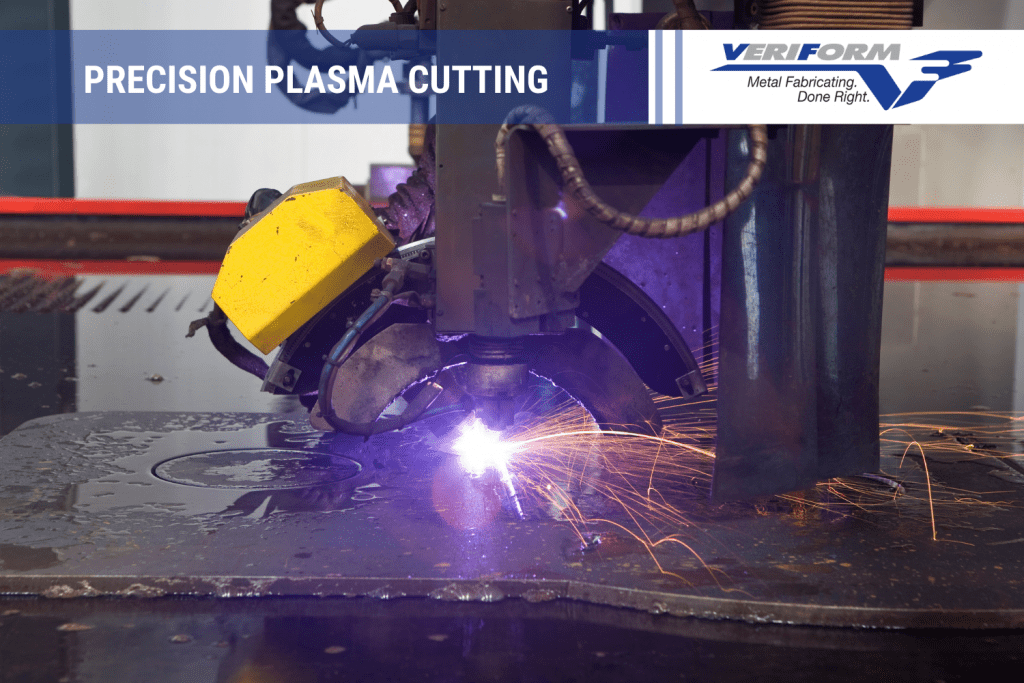
Laser Cutting: The Art and the Science
Turning our focus now to laser cutting, we find ourselves in the late 1960s, a time when the theoretical framework for lasers, proposed by Einstein years earlier, began to shine in practical applications.
Laser cutting, in essence, involves the use of a high-powered laser beam controlled by a computer to cut materials. So, how does it work? It’s simple yet brilliant. The laser beam melts, burns, or vaporizes the material while a jet of gas blows away the residue, leaving a clean, precise cut.
Looking into a laser cutting machine, we find the resonator, where the laser beam is generated, and a series of mirrors to direct the beam to the cutting head. Here, a focus lens intensifies the beam onto the material to be cut.
Laser cutting brings its own set of advantages to the table. It’s highly accurate and able to produce intricate cuts with tight tolerances. It also leaves a smooth, clean edge and has a smaller HAZ compared to plasma cutting.
Yet, laser cutting isn’t without its drawbacks. It is less effective on thicker materials and may require a more substantial investment in terms of cost and maintenance.
Laser cutting has carved its niche in industries where precision and quality are paramount. It’s extensively used in the aerospace industry, electronics for circuit boards, the medical field for surgical instruments, and the jewelry industry for intricate designs.
In our journey today through the captivating world of plasma cutting and laser cutting, we’ve gained insight into two technologies that, while different, share a common purpose: to cut and shape our world. And in that, they are not rivals but partners, each filling a unique role in the vast universe of cutting technology.
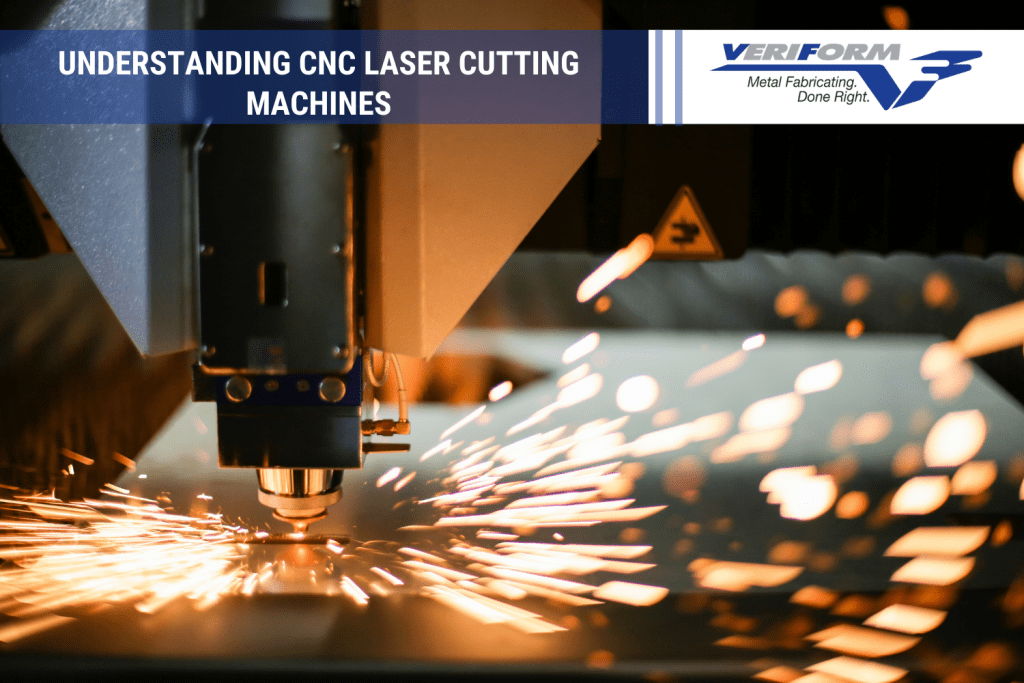
Direct Comparison: Plasma Cutting vs. Laser Cutting
As we delve into the nitty-gritty comparison between plasma cutting and laser cutting, we’re confronted with a few pivotal questions. Let’s answer them one by one.
When it comes to speed and efficiency, plasma cutting usually takes the cake. It cuts thicker materials faster than its laser counterpart. Yet, if accuracy is what you’re after, laser cutting stands out. It provides a finer cut, especially for thin materials, and is the master of intricate designs.
Material compatibility is another aspect to consider. Plasma cutting is the jack of all trades, handling any electrically conductive material, while laser cutting shines with non-reflective materials, be it metal, wood, or plastic.
When we talk about cost-effectiveness, plasma cutting typically offers a better value for money. It has a lower initial investment and operational cost. However, remember that cheaper isn’t always better, and the decision should be based on your specific needs.
Regarding safety, both have their risks. Laser cutting may pose a risk of burns and eye injury, while plasma cutting can expose the operator to ultraviolet and infrared radiation. It’s crucial to follow safety procedures and wear appropriate protective gear when operating either.
Finally, let’s touch on maintenance. Generally, laser cutting machines require more regular maintenance and cleaning than plasma cutters, which may contribute to a higher ongoing cost.
For a detailed analysis of the cost comparison, check out our article on plasma cutting vs laser cutting costs.
Choosing the Right Technology: Factors to Consider
Deciding between plasma cutting and laser cutting is not a simple “this or that” choice. It’s a decision driven by multiple factors.
Evaluate your project needs first. Do you prioritize speed and thickness capacity or precision and finesse? Understanding what you require is the first step in making the right choice.
Next, consider your budget. How much are you willing to invest, not just initially, but also in ongoing costs and maintenance?
Understanding the material you’ll be cutting is crucial too. Some materials are better suited for plasma cutting, while others yield better results with laser cutting.
The scale of your operation also plays a part. Larger-scale operations may benefit from the speed and cost-effectiveness of plasma cutting, while smaller, precision-focused tasks may lean towards laser cutting.
Emerging Trends and Future Predictions

Peering into the future, we can already see innovations pushing the boundaries of both plasma and laser-cutting technologies.
In the plasma-cutting realm, we’re seeing machines with improved energy efficiency and even greater cut quality. Enhanced automation and IoT integration are other significant advancements.
Concurrently, laser cutting is also evolving. Fibre lasers are gaining popularity due to their efficiency, while high-powered lasers promise to enhance the cutting of thicker materials.
Looking ahead, we can expect to see a continuation of these trends. We anticipate more energy-efficient, faster, and more precise cutting machines. AI integration might play a significant role in the coming years, paving the way for a new era in cutting technology.
Conclusion
Having journeyed through the intriguing world of plasma cutting and laser cutting, we now stand at a juncture where we reflect on what we’ve learned.
We explored the histories, principles, strengths, and limitations of both technologies. We discovered that plasma cutting excels in terms of speed, cost-effectiveness, and material versatility, while laser cutting is the champion of precision and finesse.
Yet, the plasma cutting vs. laser cutting debate isn’t a battle with a clear winner. Each technology has its place, and each serves a unique purpose, and the choice between the two should be driven by your specific needs, budget, material, and scale of operation. As we look to the future, the exciting advancements in both technologies promise to continue shaping our world in remarkable ways.
Frequently Asked Questions (FAQs)
Can the same machine perform both plasma and laser cutting? No, plasma cutting and laser cutting require different machines. Each machine is specifically designed to utilize its respective technology.
How does the thickness of the material influence the choice between plasma and laser cutting? Thicker materials are generally better suited for plasma cutting due to their speed and efficiency. However, for thinner materials where precision is key, laser cutting tends to be the preferred method.
Which technology is more environmentally friendly: plasma cutting or laser cutting? Both methods have environmental considerations. Plasma cutting can produce noise and fumes, while laser cutting, particularly CO2 lasers, can consume more power. Overall, the environmental impact may depend more on the specific machine and how it’s used than the technology itself.
What kind of training is needed to operate these machines? Both machines require training to operate safely and efficiently. Operators need to understand the principles of the technology, machine operation, safety procedures, and basic maintenance.
How to maintain and troubleshoot common issues in plasma and laser cutting machines? Maintenance and troubleshooting require a basic understanding of the machine’s components and operation. Regular cleaning, inspecting and replacing worn-out parts, and preventive maintenance are important. For troubleshooting, consulting the machine’s manual or manufacturer’s guide can provide the necessary information.


